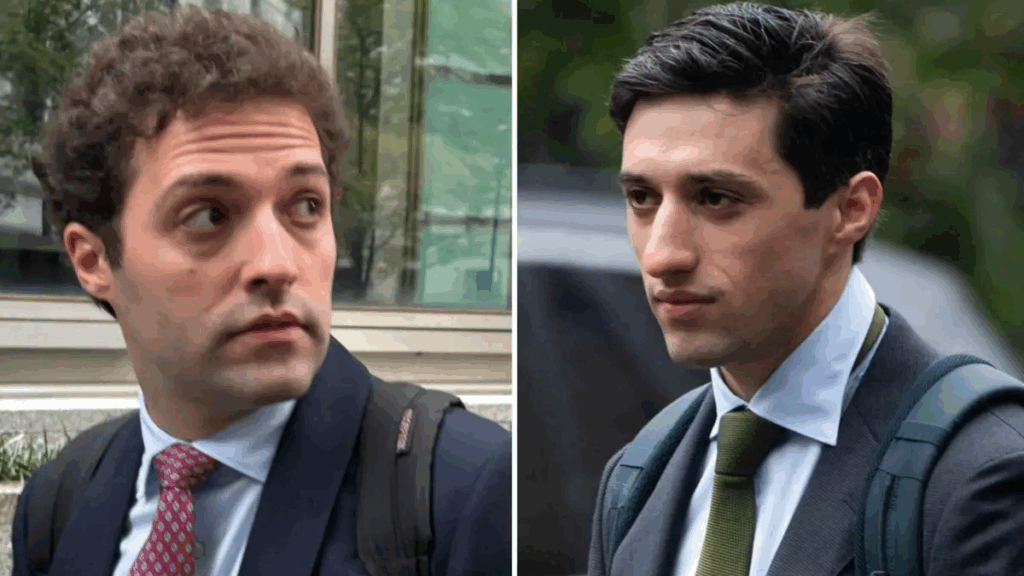TL;DR
- A US federal jury was unable to reach a verdict in the case involving brothers Anton and James Peraire-Bueno, accused of extracting $25 million through an advanced MEV technique on Ethereum.
- The mistrial highlights the difficulty of applying traditional fraud law to blockchain systems.
- The defence argued the actions were part of Ethereum’s competitive design, a view increasingly echoed by industry voices seeking modern legal standards for blockchain-based conduct.
The criminal case against Anton and James Peraire-Bueno has been thrust back into uncertainty after a mistrial was declared, marking an abrupt pause in what had been closely watched across the digital asset sector. Prosecutors claimed the pair manipulated Ethereum’s validator layer to redirect funds from traders, while the defence countered that the conduct aligned with the network’s competitive incentives. The outcome now leaves the Department of Justice weighing its next steps, including a potential retrial.
The case is notable because it focuses on maximal extractable value (MEV), which refers to profit opportunities created by how transactions are ordered on Ethereum. Many traders, validators, and searchers view MEV as part of the protocol’s design, not an abuse of it. This clash between blockchain-native rules and legacy legal frameworks framed the core battle in court.
How The Courtroom Debate Evolved
Jurors spent days attempting to analyse highly technical evidence, including validator operations, private transaction flow, and the mechanics of block construction. After multiple notes sent to Judge Clarke describing mental fatigue, emotional distress, and stalled deliberations, the judge concluded that the jury could not progress. By that point, the panel had deliberated extensively without moving closer to consensus on guilt or innocence.
A central dispute arose when prosecutors suggested the brothers could be found liable even without knowing their actions were unlawful. The defence argued that criminal liability requires intent, stressing the importance of mens rea when dealing with emerging technologies. Critics of the prosecution’s stance said the legal approach risked penalising innovation and mischaracterising complex blockchain behaviour as criminal.

Why The Outcome Matters For Crypto Innovation
Industry analysts say the mistrial may encourage regulators and lawmakers to develop more specialised legal frameworks for blockchain systems. Many crypto advocates argue for clearer rules distinguishing malicious attacks from competitive participation that leverages publicly accessible code and incentives. Several legal experts noted that treating protocol-level strategies as inherently criminal could discourage research, security testing, and validator participation.
For now, the mistrial buys time for reflection. If prosecutors pursue a retrial, it may become a defining moment for how US courts interpret blockchain conduct. Should the case be dropped or settled instead, it could signal a shift toward more calibrated approaches that recognise the distinct nature of decentralised networks and the innovations they enable.










